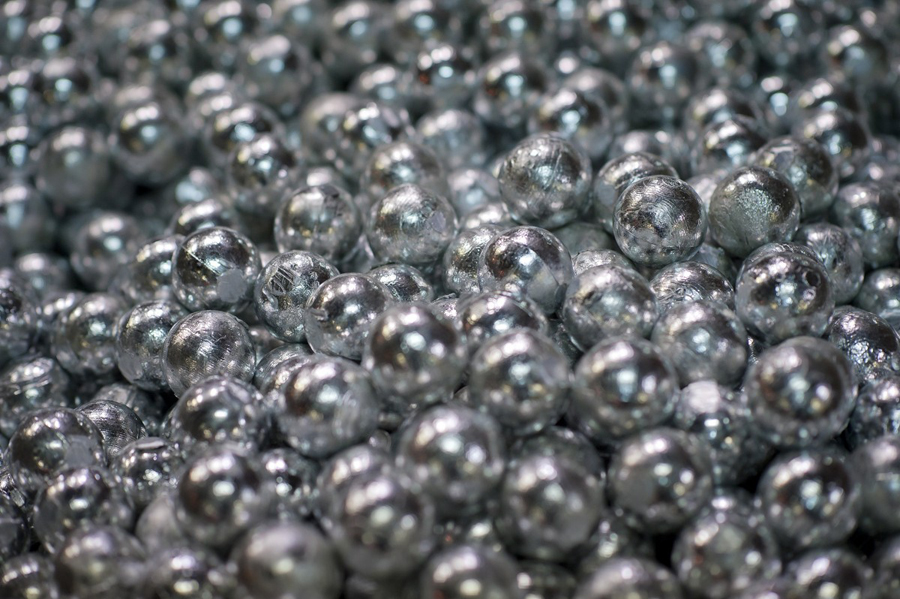
Miner and commodities trader Glencore (LON:GLEN) produced some stellar results on Thursday and the Switzerland-based company also provided a positive outlook for 2017, particularly for its base metals business.
Glencore is the world’s number four copper producer and top 3 zinc supplier and its clout on base metals markets is only amplified by its trading arm.
Last year Glencore’s metals and minerals division recorded revenues of $66.3 billion with ‘marketing activities’ contributing $42.1 billion of the total.
The Baar-HQed company’s ‘industrial activities’ revenue jumped 25% last year thanks to better fundamentals and rising metal prices which it expects to continue in 2017.
Here are some highlights from Glencore’s outlook:
Near-term demand prospects appear positive. A political transition year in China should ensure continued positive fundamentals while the actual and looming infrastructure programs in Japan and North America should start to lend support to non-Chinese consuming regions.
Supply-side fundamentals also improved markedly during the year. Despite some scaremongering, the “wall of supply” failed to emerge.
The stresses induced by 18 months of low pricing and related actions to enhance cash flows are only just starting to manifest themselves
New supply growth from Peru was almost fully offset by production decreases in Chile and elsewhere, and continued shutdowns in the African copper belt. Indeed, the copper market appears to be reverting to form, with an unusually low volume of mine disruptions seen in H1 2016, but increasing in the second half of the year.
The stresses induced by 18 months of low pricing and related actions to enhance cash flows are only just starting to manifest themselves.
The prospect of demand growth across Asia, Europe and the US, as well as the likelihood of difficult labour contract negotiations at some of the industry’s major mines over the coming year, suggest that pricing risks lie to the upside in 2017.
We estimate global stainless production in 2016 at over 45 million tonnes, up over 7% on the prior year, including over 24 million tonnes from China. Globally 300S austenitic production totalled over 25 million tonnes which is a 10% increase versus 2015.
Developments in non-stainless remain mixed, with special steel producers reporting challenging conditions primarily due to continued oil and gas weakness, whilst demand from the critical alloys industry and battery sector remains robust.
Overall we estimate primary nickel demand in 2016 of 2.05 million tonnes, representing an ~8% increase versus 2015.
Whilst inventories remain elevated, the outlook is for continued deficits and further draws in primary nickel inventories as demand remains strong
Nickel supply continued to fall in 2016 with further shutdowns (BCL, Tati, Votorantim, Mirabella), and lower nickel unit exports (in ore) from the Philippines all driving a fall in projected nickel output to approximately 1.95 million tonnes of nickel, down 2% versus 2015.
Consequently the market entered its first material deficit since 2010 enabling global inventories to fall by around 100,000 tonnes. Whilst inventories remain elevated, the outlook is for continued deficits and further draws in primary nickel inventories as demand remains strong. Supply increases relate to Indonesia exporting more nickel units in nickel pig iron, with production elsewhere continuing to flat-line or even fall.
The widely anticipated zinc mining output reduction materialised and resulted in significantly tighter physical market conditions, particularly for zinc concentrate. Confirmation of decreasing supply, in combination with better than anticipated demand conditions driven by the recovery of the Chinese real estate and global automotive market, has resulted in destocking of both zinc concentrates and metal during the year and a higher corresponding LME price.
The widely anticipated zinc mining output reduction materialised and resulted in significantly tighter physical market conditions, particularly for zinc concentrate
2016 Chinese zinc mine production was similar to 2015, despite the incentive of a higher SHFE zinc metal price, and a reduction in zinc mine production from the rest of the world (“ROW”) of around 900kmtu (10.8%). Consequently, realised Benchmark TCs reduced by $32/dmt ($243 to $211) while average spot TCs were down by $99/dmt ($201 to $102).
The tightness in zinc concentrates is yet to impact Chinese zinc metal production, even though Chinese concentrate imports were down by 640kmtu and domestic mine production was flat year-over-year. Chinese smelters reported similar production as in 2015, which is attributed to destocking of concentrates stock built up in prior years. ROW zinc metal production was down by 244kmtu compared to prior year.
ROW zinc metal continues to be shipped to China, following the trend of the last few years. Metal imports into China were stable year on year, causing further inventory drawdowns from LME exchanges (stocks down from 463kt to 428kt), while SHFE (199kt to 153kt) and Shanghai Metal Market stocks have also been drawn to cover the needs of the Chinese physical market. Published non-exchange stocks in China have also reduced by a further 50-80kt. Real estate and infrastructure end markets in China are performing better than expected, supported by Chinese government actions in H1 2016, while the automotive market continues to show strong growth both in China and ROW.
The lead supply side trend is similar, given that it is generally a by-product of zinc. Lead benchmark TCs were down by $22.50/dmt ($170 versus $192.50), while spot was down by $60/dmt ($117 versus $177) compared to 2015 averages. Chinese lead concentrates imports were also down by 24% year over year.
Going forward, we expect tight zinc concentrates supply to translate into lower metal production in 2017, which should cause further inventory drawdowns and provide support to the metal price.